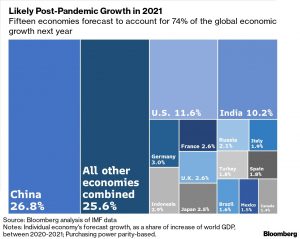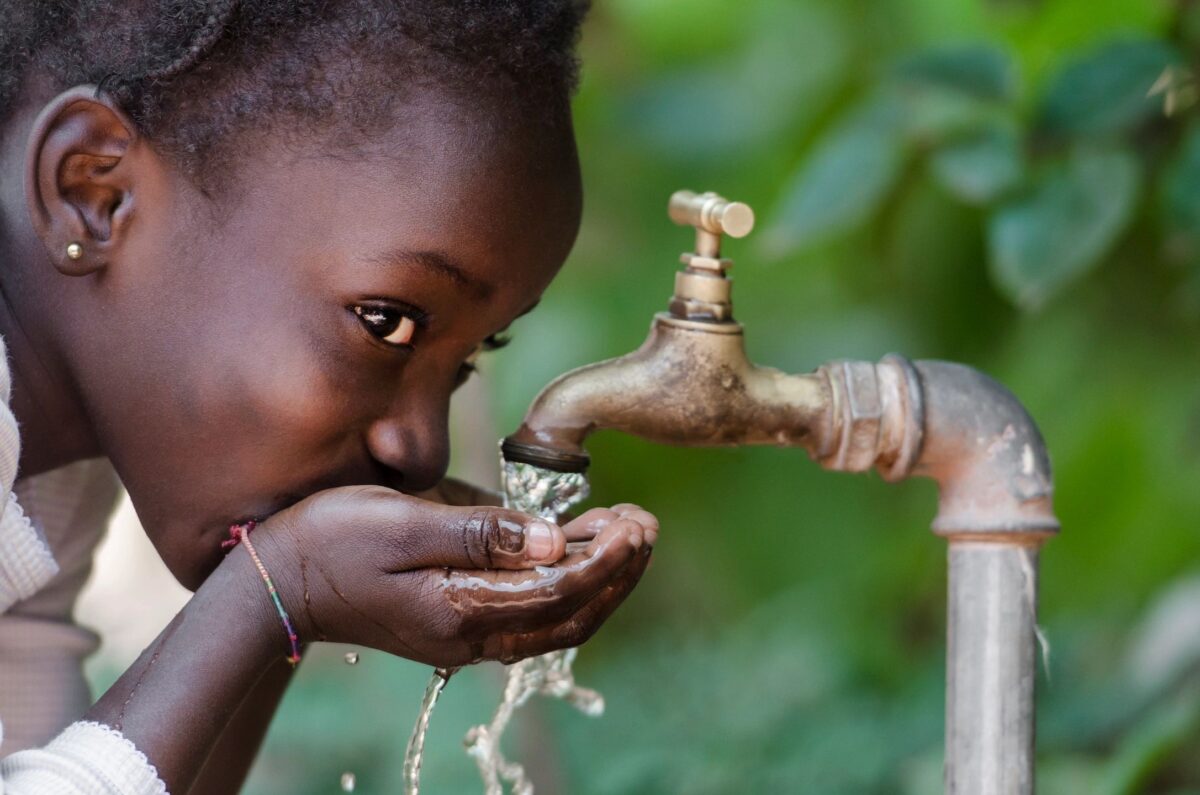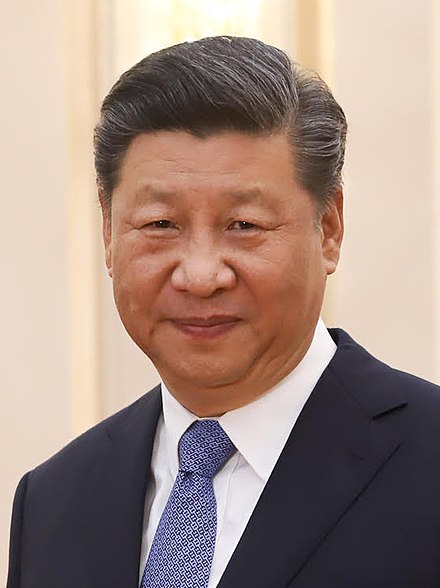
Category: Uncategorized
How SOE Re-structuring put the CCP in charge of the economy
Since the turn of the 21st Century, China’s State Owned Enterprises (SOEs) have undergone a dramatic transformation that is widely misunderstood. Since China joined the World Trade Organization (WTO), its trade surplus has ballooned and SOE share of total exports as dropped relative to private enterprise to become relatively small. To many, this shift is correlated with moves in the late 1990s to ‘reign in’ SOEs and restructure the economy along market lines. However, the real picture is more complicated and far more interesting than this common-sense conclusion. In fact, almost all of the 57 Chinese firms on the Fortune Global 500 list are SOEs.
This phenomenon is puzzling to those who would naturally assume that relatively inefficient SOEs should be out-competed by more efficient private enterprises in a market environment. To understand this paradox, it is important to understand the nature of the shift that occurred at the end of the 1990s.
At the time, Western government’s around the world assumed that Zhu Rongji’s efforts to reform the SOE sector was akin to Gorbachev’s Perestroika program. When in reality the goal was to move toward a much more sophisticated model.
While thousands of workers were let go and vast sprawling heavy industry plants cut loose, something else was also happening. SOE enterprises were quietly repositioning themselves away from highly competitive, export-oriented, downstream industries and consolidating their grasp over lower competition, highly monopolistic up-stream industries – for example, telecommunications, information transfer, storage, banking, energy, transport and post.
At the same time, this freed privately owned, competitive enterprises to concentrate on lower value, more volatile, export-orient industries. This restructuring also drastically increased demand for the intermediate goods, services and factors SOEs provide allowing them to charge monopoly prices consolidating the party’s control over the economy at large.
With SOE enterprises ostensibly under government control, instead of freeing the economy from SOEs, this upstream/down-stream restructuring created a hyper-profitable SOE sector capable of subordinating the private economy into lower value markets, consolidating State control over the economy at large.
World Bank Reports True Impact of Covid-19 Globally
As countries around the world contend with the health emergency of the COVID-19 pandemic, the economic effects of mitigation measures have immediately impacted the world’s commodity markets and are likely to continue to affect them in the longer term.
The global economic shock of the pandemic has driven most commodity prices down and is expected to result in substantially lower prices over 2020, the April Commodity Markets Outlook reports. The following figures are courtesy of the World Bank.
The COVID-19 pandemic is expected to plunge most countries into recession in 2020, with per capita income contracting in the largest fraction of countries globally since 1870. Advanced economies are projected to shrink 7 percent. That weakness will spill over to the outlook for emerging markets and developing economies, who are forecast to contract by 2.5 percent as they cope with their own domestic outbreaks of the virus.
Taking care of the land and preserving biodiversity – through healthy soil, reliable water access and pollinators – is vital for providing livelihoods for rural populations, particularly during times of economic shock like that caused by the current COVID-19 pandemic.
Healthy ecosystems have been shown to provide a lifeline to the poorest. The Poverty Environment Network project that collects income data of forest adjacent communities from 24 countries, estimates that environmental income (most of it from the forest) represents 28 percent of total income of these households
China will extend debt repayment to poor countries battling Covid-19
Caixin is reporting that China has suspended debt repayments for 77 developing countries and regions as part of the G-20 debt relief initiative to help impoverished countries weather economic difficulties amid the coronavirus pandemic, a senior Chinese diplomat said on Sunday.
The measures were announced by Chinese Vice Foreign Minister Ma Zhaoxu in Beijing.
Ma offered no details nor beneficiaries, the amount involved or terms of repayment.
The announcement came after G-20 agreed in April to freeze debt service payments until the end of the year for the world’s poorest countries battling Covid-19.
In May, President Xi Jinping also pledged $2 billion in aid and donations over the next two years to relevant countries and organizations combatting the pandemic.
According to the vice foreign minister the pledged aid included a USD50 million donation to the World Health Organization (WHO).
Wang Zhigang, minister of science and technology, also said during the same press conference that China will make its Covid-19 vaccine “a global public good” when it is ready.
China’s top epidemiologist Zhong Nanshan said on Saturday during a livestreaming event that he believed the long-awaited coronavirus vaccine could be available for emergency use as early as this fall or by the end of the year. In total, six candidate vaccines are undergoing clinical trials in China.


